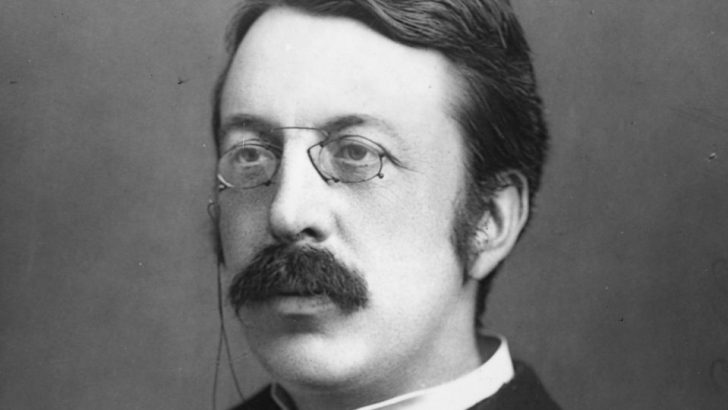Relatively recently, I mentioned Charles Villiers Stanford in relation to his opera The Veiled Prophet. This spurred me on to delve further into the archives and discover more about the composer born in Dublin’s Herbert Street in 1852.
His father, a well-to-do lawyer, John James, was a cellist and noted bass who sang the title role in Mendelssohn’s Elijah at its first Dublin performance in 1847. Charles mother, Mary, also had legal forbears and was an accomplished pianist.
Receiving his early education at home under a governess, Charles’ mother supervised his music lessons and realised his precocious talent. Aged seven, he gave a recital of piano music by Mozart, Beethoven, Mendelssohn and Ignaz Moscheles, then quite a popular composer. A march, composed by Charles when he was eight, was played in a pantomime in Dublin’s Theatre Royal.
Charles’ godmother, Elizabeth Meeke – a former Moscheles pupil in Leipzig –took charge of his piano lessons.
Stanford later recalled she insisted on him sight-reading a Chopin Mazurka at the end of each lesson. By the age of 12 he knew over 50 of them by heart.
Acknowledging the lad needed a ‘proper’ education, his parents enrolled him in the Henry Tilney Bassett School on Dublin’s Lower Mount Street. Under English-born Bassett, the establishment had a considerable reputation with its past pupils securing lucrative posts in the business world and academia.
Charles accepted Bassett’s strict regime as it drew him into a milieu of boys his own age.
The school had a particular penchant for the classics and, while Charles did well in Greek and Latin, his results in other subjects were disappointing.
Moscheles pupil
He made his first visit to London when he was 10 and had composition tuition from Tralee-born Arthur O’Leary then a professor at the Royal Academy of Music. Back in Dublin, Henrietta Flynn, another Moscheles pupil in Leipzig, replaced Elizabeth Meeke and Stanford also studied with Robert Stewart, organist at St Patrick’s Cathedral and professor of music at TCD.
With his only son set on music as a career, John James Stanford insisted he should have a broader university education. Awarded an organ scholarship, Charles went to Queens’ College, Cambridge in 1870 carrying an impressive list of compositions in his portfolio.
Immersing himself in college life, he quickly became assistant director of its musical society.
The male-only body was in decline but, as Stanford’s attempts to introduce women to its ranks were firmly resisted, he set up a rival mixed-voice group in 1872.
As its performances outshone those of the original society, a compromise was reached by joining forces under John Larkin Hopkins with Stanford as his assistant.
Organist at Trinity College, Cambridge but in declining health, Hopkins appointed Stanford his deputy at Trinity whither the young man transferred in 1873, the year he made his first visit to Germany.
He met Brahms at the Schumann festival in Bonn and, by then, was being marked out as a classicist on the lines of Schumann and Brahms rather than a modernist, embracing Liszt and Wagner. To be continued.


 Charles Villiers Stanford
Charles Villiers Stanford 